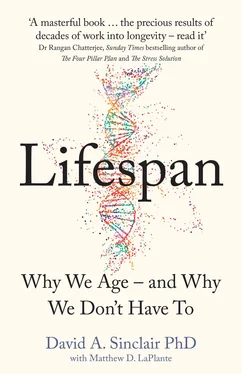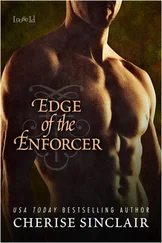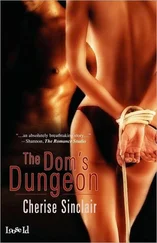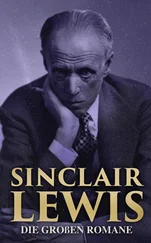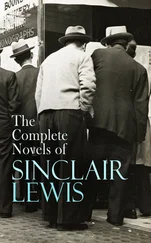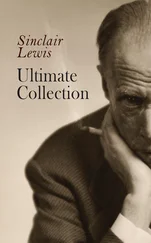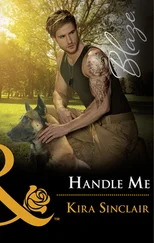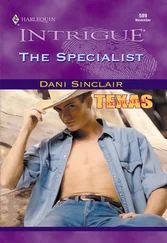We’re dying slowly and painfully. People in rich countries often spend a decade or more suffering through illness after illness at the ends of their lives. We think this is normal. As lifespans continue to increase in poorer nations, this will become the fate of billions of additional people. Our successes in extending life, the surgeon and doctor Atul Gawande has noted, have had the effect of “making mortality a medical experience.” 6 6 In a survey coconducted by the Economist , the majority of respondents from four countries expressed the wish to die at home, although only a small number thought that they would do so. With the exception of Brazilians, most felt that dying without pain was more important than extending life. “A Better Way to Care for the Dying,” Economist , April 29, 2017, https://www.economist.com/international/2017/04/29/a-better-way-to-care-for-the-dying.
But what if it didn’t have to be that way? What if we could be younger longer? Not years longer but decades longer. What if those final years didn’t look so terribly different from the years that came before them? And what if, by saving ourselves, we could also save the world?
Maybe we can never be six again—but how about twenty-six or thirty-six?
What if we could play as children do, deeper into our lives, without worrying about moving on to the things adults have to do so soon? What if all of the things we need to compress into our teenage years didn’t need to be so compressed after all? What if we weren’t so stressed in our 20s? What if we weren’t feeling middle-aged in our 30s and 40s? What if, in our 50s, we wanted to reinvent ourselves and couldn’t think of a single reason why we shouldn’t? What if, in our 60s, we weren’t fretting about leaving a legacy but beginning one?
What if we didn’t have to worry that the clock was ticking? And what if I told you that soon—very soon, in fact—we won’t?
Well, that’s what I’m telling you.
I’m fortunate that after thirty years of searching for truths about human biology, I find myself in a unique position. If you were to visit me in Boston, you’d most likely find me hanging out in my lab at Harvard Medical School, where I’m a professor in the Department of Genetics and codirector of the Paul F. Glenn Center for the Biological Mechanisms of Aging. I also run a sister lab at my alma mater, the University of New South Wales in Sydney. In my labs, teams of brilliant students and PhDs have both accelerated and reversed aging in model organisms and have been responsible for some of the most cited research in the field, published in some of the world’s top scientific journals. I am also a cofounder of a journal, Aging , that provides space to other scientists to publish their research on one of the most challenging and exciting questions of our time, and a cofounder of the Academy for Health and Lifespan Research, a group of the top twenty researchers in aging worldwide.
In trying to make practical use of my discoveries, I’ve helped start a number of biotechnology companies and sit as a chair of the scientific boards of advisers of several others. These companies work with hundreds of leading academics in scientific areas ranging from the origin of life to genomics to pharmaceuticals. 7 7 See my conflict disclosures at the end of this book and at https://genetics.med.harvard.edu/sinclair-test/people/sinclair-other.php.
I am, of course, aware of my own labs’ discoveries years before they are made public, but through these associations, I’m also aware of many other transformational discoveries ahead of time, sometimes a decade ahead. The coming pages will serve as your backstage pass and your front-row seat.
Having received the equivalent of a knighthood in Australia and taken on the role of an ambassador, I’ve been spending quite a bit of my time briefing political and business leaders around the world about the ways our understanding of aging is changing—and what that means for humanity going forward. 8 8 My editor made me write self-centered things about myself to give me credibility. I hope she doesn’t see this endnote and make me delete it.
I’ve applied many of my scientific findings to my own life, as have many of my family members, friends, and colleagues. The results—which, it should be noted, are completely anecdotal—are encouraging. I’m now 50, and I feel like a kid. My wife and kids will tell you I act like one, too.
That includes being a stickybeak , the Australian term for someone who is overly inquisitive, perhaps derived from the currawong crows that used to punch through the foil lids of the milk bottles delivered to our homes and drink the milk out of them. My old high school friends still like to tease me about how, whenever they came over to my parents’ house, they would find me pulling something apart: a pet moth’s cocoon, a spider’s curled-up leaf shelter, an old computer, my father’s tools, a car. I became quite good at it. I just wasn’t very good at putting these things back together.
I couldn’t bear not knowing how something worked or where it came from. I still can’t—but at least now I get paid for it.
My childhood home is perched on a rocky mountainside. Below is a river that runs into Sydney Harbor. Arthur Phillip, the first governor of New South Wales, explored these valleys in April 1788, only a few months after he and his First Fleet of marines, prisoners, and their families established a colony on the shores of what he called the “finest and most extensive harbor in the universe.” The person most responsible for him being there was the botanist Sir Joseph Banks, who eighteen years earlier had sailed up the Australian coastline with Captain James Cook on his “voyage round the world.” 9 9 In 2018, my family and I made a pilgrimage to London to see the original account of Captain James Cook’s “voyage round the world” and the original Australian botanical specimens collected by Sir Joseph Banks. There were stop-offs to see Watson and Crick’s original model of DNA, fossils of early life, a Moai statue from Rapa Nui, a cross-sectional cut through a 1,500-year-old sequoia tree trunk, a statue of Charles Darwin, the Broad Street pump, Winston Churchill’s War Rooms, and the Royal Society, of course. Tracing the path of Cook along the lower east coast of Australia, or “New Holland,” as it was called then, it is obvious that Banks already had a colony in mind, one that would never forget him. Not only was the original site named Botany Bay, the coast was named “Cape Banks.” After exploring Botany Bay, the explorers’ tall ship, the HMS Endeavor , sailed north, past the heads of a harbor they called Port Jackson, which, thanks to its much deeper waters and the presence of a stream to supply fresh water, ended up being a far superior site for Governor Phillip to start a penal colony eight years later.
After returning to London with hundreds of plant specimens to impress his colleagues, Banks lobbied King George III to start a British penal colony on the continent, the best site for which, he argued, not coincidentally, would be a bay called “Botany” on “Cape Banks.” 10 10 “Phillip’s Exploration of Middle Harbour Creek,” Fellowship of the First Fleeters, Arthur Phillip Chapter, http://arthurphillipchapter.weebly.com/exploration-of-middle-harbour-creek.html.
The First Fleet settlers soon discovered that Botany Bay, despite its most excellent name, had no source of water, so they sailed up to Sydney Harbor and found one of the world’s largest “rias,” a highly branched, deep waterway that formed when the Hawkesbury River system had been flooded by rising sea levels after the last ice age.
Читать дальше
